Q
What is the Monthly Installment of BYD Dolphin? See Here!
To calculate the monthly installment - plan amount for the BYD Dolphin, you need to know specific information such as the vehicle price, down - payment ratio, installment - plan term, and annual interest rate. The BYD Dolphin comes in different versions. The Dynamic Standard is priced at RM 100,000, and the Premium Extended is priced at RM 124,900.
Let's assume you're buying the Dynamic Standard with a price of RM 100,000. If you make a 30% down - payment, which is RM 30,000, the loan amount will be RM 70,000. If you opt for a two - year interest - free installment - plan and pay it off in 24 months, your monthly repayment will be approximately RM 2,916.67 (RM 70,000 ÷ 24).
If you choose a six - year installment - plan with an assumed annual interest rate of 5%, you can use the PMT formula to calculate the monthly repayment amount (the actual calculation is more complicated and affected by various factors).
However, the actual monthly installment - plan amount can vary due to promotional activities, loan policies, and other factors. It's recommended that you consult your local dealer or lending institution to get the accurate amount.
Special Disclaimer: This content is published by users and does not represent the views or position of PCauto.
Related Q&A
Q
What Segment is BYD Dolphin?
The BYD Dolphin belongs to the B-Segment category. This segment usually covers small cars. The Dolphin measures 4,290mm in length, 1,770mm in width, and 1,570mm in height, with a wheelbase of 2,700mm. Its overall dimensions meet the characteristics of the B-Segment. Small cars like this have obvious advantages in city commuting. Their compact and flexible bodies make it easy to maneuver through narrow streets and park in crowded parking spaces. Moreover, a smaller body also means relatively lower energy consumption. As a pure electric vehicle, the Dolphin offers a great option for consumers in the B-Segment, thanks to its stylish exterior, comfortable interior, and rich configurations. It's suitable for those who pursue practical and convenient transportation. Whether it's for daily work, shopping, or picking up kids, the Dolphin can handle it with ease.
Q
What is the Reslae Value of BYD Dolphin?
As a pure electric vehicle, the second-hand resale value of the BYD Dolphin in the Malaysian market will be influenced by factors such as brand recognition, battery life, local policy support, and the popularity of electric vehicles. Currently, electric vehicles in Malaysia are still in the development stage, and the acceptance of them in the second-hand market may be slightly lower than that of traditional fuel-powered vehicles. However, with BYD's global brand influence and mature battery technology, the Dolphin is expected to have better resale performance than some niche electric vehicles. It is recommended that owners regularly maintain the battery system and keep complete maintenance records, which can significantly increase the resale value. The Malaysian government has gradually introduced incentives such as tax exemptions for electric vehicles in recent years, which will help boost the demand for electric vehicles in the second-hand market in the long run. Among vehicles in the same class, electric vehicles usually have lower maintenance costs than fuel-powered vehicles, which is also a factor that potential buyers will consider. If you plan to change your car in the next few years, you can choose BYD's official buy-back program (if available), which often better protects the residual value than private transactions.
Q
What is the PCD Size of BYD Dolphin?
The PCD (Pitch Circle Diameter) size of the BYD Dolphin is 5x114.3 millimeters. This is one of the common wheel hub specifications in the Malaysian market and is suitable for most mainstream wheel hub designs. PCD is an important parameter for wheel hub installation as it determines whether the wheel hub can perfectly match the vehicle's axle head. Selecting the correct PCD size can ensure driving safety and stability. For Malaysian car owners, if they need to replace or upgrade the wheel hubs, besides the PCD, they also need to pay attention to data such as the center bore (CB) and offset (ET). It is recommended to refer to the original factory manual or consult a professional technician. As an electric vehicle, the wheel hub design of the BYD Dolphin also takes into account lightweight and low wind resistance, which helps to improve the vehicle's range. If the car owner plans to replace the wheel hubs, they can choose certified and compliant products and ensure that dynamic balance testing is carried out after installation to maintain the vehicle's optimal performance.
Q
Does BYD Dolphin Have Apple Carplay?
Yes, the version of BYD Dolphin launched in the Malaysian market indeed supports the Apple CarPlay feature. This allows iPhone users to more conveniently connect to the in - car system and enjoy smart services such as navigation, music, and calls. As an electric vehicle targeting the young market, BYD Dolphin is not only equipped with the advanced DiLink intelligent connectivity system but also compatible with Apple CarPlay and Android Auto, meeting the needs of different mobile phone users. In Malaysia, many consumers attach great importance to in - car connectivity features, and this configuration of the Dolphin undoubtedly enhances its competitiveness.
Moreover, BYD Dolphin also has good range performance and a rich set of safety features, such as a 360 - degree panoramic camera and multiple driving assistance functions, making it very suitable for urban commuting. If you're considering an electric vehicle with high cost - performance and a strong sense of technology, BYD Dolphin is worth being on your shortlist. In particular, its support for Apple CarPlay will make daily driving more convenient and intelligent.
Q
What is the Tyre Brand of BYD Dolphin?
The original - equipped tire brands of the BYD Dolphin in the Malaysian market may vary depending on the vehicle model version or year. Common configurations include Chinese brands such as Atlas (under the Linglong Tire brand) or the Comfort series. These tires are characterized by economic practicality and low rolling resistance, which meet the energy - saving requirements of electric vehicles.
For Malaysian users, the local hot and rainy climate places high demands on the tire's water drainage and high - temperature resistance. It is recommended to regularly check the tire pressure and tread depth to ensure safety. When it comes to tire replacement, international brands like Michelin Pilot Sport 4 or Bridgestone Turanza T005 can be considered. They offer both wet - grip performance and comfort, but it's necessary to pay attention to matching the original factory specifications (e.g., 195/60 R16).
Due to the large instantaneous torque of electric vehicles, when selecting tires, you can give priority to the Treadwear index and Traction grade. These parameters are usually marked on the sidewall of the tire, which can assist car owners in making more appropriate choices.
Q
Is BYD Dolphin a Good Car? Learn the Pros and Cons Here
As a pure electric vehicle, the BYD Dolphin has good competitiveness in the Malaysian market. Its advantages include an efficient electric drive system, which provides a smooth driving experience and low daily usage costs. It's especially suitable for urban commuting. Meanwhile, its interior design is modern and it's equipped with a wealth of technological features, such as a large - sized central control screen and intelligent connectivity functions, which enhance the convenience of using the vehicle. In addition, the BYD Dolphin's range performance is average among similar models, which can meet the daily needs of most users.
However, its drawback is that the charging infrastructure in Malaysia is not fully popularized yet, which may affect the convenience of long - distance travel. Also, compared with traditional fuel - powered vehicles, the resale value of electric vehicles still needs further observation. For Malaysian consumers, if their daily usage is mainly for short - distance trips and they can utilize home or public charging facilities, the BYD Dolphin is an eco - friendly option worth considering. But before purchasing, it's recommended to thoroughly understand the local charging network and after - sales service support to ensure a trouble - free car - using experience.
Q
What is the Width of BYD Dolphin?
The body width of the BYD Dolphin is 1,770 millimeters. This dimension is above average among compact electric vehicles, offering a relatively comfortable seating space, which is especially suitable for the driving needs on Malaysian city roads. As an electric vehicle targeting the young market, the BYD Dolphin not only has a trendy exterior design but also comes with a number of intelligent technology features, such as the DiLink intelligent connectivity system and L2-level driving assistance functions. All these can bring a more convenient driving experience to Malaysian users. Moreover, the 1,770-millimeter body width ensures the vehicle's flexibility on narrow streets or in crowded parking lots while taking into account the practicality of the interior space. The BYD Dolphin uses blade battery technology, which is highly safe, and its range performance can meet the daily commuting needs. It's a cost - effective choice for Malaysian consumers. If you're interested in electric vehicles, you can also check out other models in the same class, like the Tesla Model 3 or the Nissan Leaf. They each have their own advantages in different aspects, but the BYD Dolphin is more competitive in terms of price and configuration.
Q
What is the Road Tax Price of BYD Dolphin? How to Calculate?
In Malaysia, as a pure electric vehicle, the road tax price of the BYD Dolphin is calculated based on the motor power (kW). You can refer to the electric vehicle road tax standards announced by JPJ for the specific fees: the annual fee for a motor with a power of no more than 60kW is RM60, for 60kW to 100kW it's RM190, for 100kW to 150kW it's RM280, and for those above 150kW, an additional RM3.50 is charged for each kW. Take the standard version of the BYD Dolphin (with a 70kW motor) as an example. The annual road tax is about RM190, while the high - performance version (150kW) needs to pay about RM280. It should be noted that electric vehicles currently enjoy government preferential policies on road tax, which is lower compared to fuel - powered vehicles, and there's no need to consider the engine displacement factor. In addition, car owners can inquire about the specific amount online through the JPJ official website or the MyEG platform. They just need to enter the vehicle model and motor power, and the fees will be automatically generated. While getting to know the road tax calculation, it is recommended that car owners also pay attention to relevant preferential policies for electric vehicles, such as import tax exemptions and subsidies for charging facilities. These can further reduce the cost of vehicle use. As a representative of new energy vehicles, the BYD Dolphin's low road tax and environmental - friendly features are gradually becoming a popular choice among Malaysian consumers.
Q
What is the Second Hand Price of BYD Dolphin? Check Used Price Here
Currently, the price of BYD Dolphin in the Malaysian second - hand market is approximately between 80,000 and 120,000 Malaysian ringgit. The specific price depends on factors such as the vehicle age, mileage, condition, and configuration version. Vehicles from the 2022 or 2023 models with lower mileage usually come with a higher price tag.
As a pure electric vehicle, the Dolphin is gradually gaining attention in the Malaysian second - hand car market thanks to its e - Platform 3.0 technology, a maximum range of 490 kilometers (NEDC standard), and the safety of its blade battery. It is particularly suitable for urban commuting needs.
When making a purchase, it is recommended to conduct transactions through BYD's officially certified second - hand car channels or reliable platforms to ensure that the battery health inspection report is complete. Meanwhile, pay attention to the remaining warranty period (usually, the first - owner enjoys a 6 - year/150,000 - kilometer vehicle warranty and an 8 - year/150,000 - kilometer battery warranty, and the rights and interests of second - hand car owners may vary).
In addition, the Malaysian government's policy of exempting electric vehicles from import duties and consumption taxes has made the second - hand prices of electric vehicles relatively stable. However, it is advisable to compare the prices of new cars in the same price range (for example, the new standard version of the Dolphin starts at around 100,000 Malaysian ringgit) and the coverage of charging facilities before making a decision.
Q
What is the Tyre Pressure of BYD Dolphin?
The recommended standard tire pressure for the BYD Dolphin is between 2.3 and 2.5 bar (about 33 to 36 psi). The specific value may vary slightly due to vehicle model configurations or tire specifications. It is recommended that car owners refer to the vehicle user manual or the tire pressure label on the door frame for accurate information. In Malaysia's hot climate, the tire pressure will increase slightly as the temperature rises. Therefore, it's most accurate to measure the tire pressure when the tires are cold. If the tire pressure is found to be too high, you can release a small amount of air appropriately.
Regularly checking the tire pressure can not only improve driving safety and comfort but also extend the tire life and optimize energy consumption. Especially for electric vehicles, maintaining the correct tire pressure can reduce rolling resistance and thus increase the driving range. It is recommended to check the tire pressure at least once a month and make sure to confirm it before long - distance driving. If you often carry heavy loads or drive at high speeds, you can increase the tire pressure by 0.1 to 0.2 bar as appropriate.
Be aware of the alarm prompts from the tire pressure monitoring system (if available), but don't rely entirely on electronic devices. A traditional mechanical tire pressure gauge is still recommended as a backup detection tool.
Latest Q&A
Q
What is the CC of Honda City 2020?
The 2020 Honda City hits the Malaysian market with two engine choices: a 1.5-liter SOHC i-VTEC naturally aspirated petrol engine and a 1.5-liter DOHC i-VTEC hybrid system. Let's break down the specs. The petrol unit displaces 1497cc, cranking out 121 horsepower and 145 Nm of torque. On the hybrid side, it pairs that same 1.5-liter engine with an electric motor, resulting in a combined 109 horsepower – this one's all about fuel sipping efficiency.
Now, CC (cubic centimeters) is the measure of engine displacement, and it directly impacts how a car performs and drinks fuel. Typically, a bigger displacement means more power, but it can also mean higher fuel bills. The City's 1.5-liter sweet spot is a big reason it's so popular in Malaysia – it strikes that perfect balance between pep and fuel economy, handling both city commutes and longer drives like a champ.
But the 2020 City isn't just about the engine bay. It also comes loaded with Honda Sensing safety tech and a modern, fresh interior design, which really ups its game in the market. For Malaysian buyers, this car ticks all the boxes: practical, easy on the wallet at the pump, and packed with the latest tech. It's a solid all-rounder.
Q
How much does a Honda 2020 cost?
Prices for the 2020 Honda models in Malaysia vary quite a bit depending on the specific model and how it's kitted out. Take the Honda City, for example – you're looking at roughly RM70,000 to RM90,000. The Civic sits a bit higher, usually ranging from around RM110,000 up to RM140,000, while the CR-V typically falls between RM140,000 and RM170,000. exact figures hinge on the trim level, engine specs, and any extra add-ons you might go for.
When buying a new car in Malaysia, it's not just the sticker price you need to factor in. There's registration fees, insurance, road tax – all that extra stuff adds up and affects the final on-the-road cost.
Over in the used car market, 2020 Honda models will fluctuate in price too, based on mileage, condition, and remaining warranty. You can generally pick one up for 20% to 40% less than a brand-new equivalent.
If you're in the market, I'd definitely recommend shopping around different dealers to compare quotes. It's also worth checking out any ongoing Honda promotions or financing deals – those can really help you save some cash.
Hondas have a solid rep in Malaysia for being reliable and fuel-efficient, especially popular models like the City and Civic. They're pretty affordable to own long-term, and getting them serviced or repaired is relatively straightforward.
Q
What is the top speed of Honda City 2020?
The 2020 Honda City maxes out at around 190 km/h, which is the top speed you can squeeze out of its 1.5-liter i-VTEC naturally aspirated engine under ideal conditions. Of course, in the real world, you might see a slight difference depending on road conditions, how much you're carrying, or the weather. This car is pretty popular in the Malaysian market, and it's not just because of its solid performance—it's also about that fuel efficiency and nimble handling that makes city driving a breeze. The CVT gearbox in the City does a good job smoothing out power delivery, so acceleration feels seamless and efficient, whether you're commuting daily or hitting the highway for a longer drive. For Malaysian buyers, beyond just top speed, overall performance and maintenance costs matter a lot, and the City delivers here too. Its low trouble rate and wide service network make life easier for owners. If you're craving a bit more zip, there's always the Honda City RS variant. It gets some tweaks to the engine tuning and sportier bits, but don't expect a huge jump in top speed—these cars are all about balancing practicality with a bit of driving fun, after all.
Q
How safe is the Honda City 2020?
The 2020 Honda City holds its own when it comes to safety, packing in 6 airbags, Vehicle Stability Assist (VSA), Anti-lock Braking System (ABS), and Electronic Brake-force Distribution (EBD). That's a pretty solid setup for the class, and it should do a good job of keeping you protected during those daily drives around Malaysia. Honda's ACE Body Structure is also on board here, which is designed to effectively disperse crash energy and boost occupant safety in the event of a collision. It's worth highlighting that the 2020 City scored a 5-star rating in ASEAN NCAP crash tests, which is a solid stamp of approval for its safety credentials. For Malaysian buyers, picking this car means you're not just getting Honda's usual reputation for reliability, but also a decent level of safety kit. If safety is a top priority for you, it's definitely worth checking out the specific safety features when you're looking to buy – things like whether it comes with Honda Sensing. That suite includes handy advanced features like Adaptive Cruise Control and Lane Keeping Assist, which can go a long way in making your drives even safer.
Q
What is the fuel economy of the Honda City 2020?
The 2020 Honda City demonstrates excellent fuel efficiency in the Malaysian market. The variant equipped with the 1.5L i-VTEC petrol engine and CVT transmission has an official combined fuel consumption of 5.4 L/100km (approximately 18.5 km/L). The hybrid e:HEV variant is designed for even higher efficiency, though its specific fuel consumption figure should be verified with official sources or latest reviews, as the widely cited 3.4 L/100km (approximately 29.4 km/L) lacks direct support in the provided search results and may not reflect real-world conditions in Malaysia. Both powertrains closely align with the demands of Malaysian consumers who prioritize fuel economy. Actual fuel consumption may vary depending on factors such as driving habits, road conditions, and vehicle load. Therefore, adhering to a regular maintenance schedule is crucial for maintaining optimal fuel efficiency.
Given Malaysia's hot and humid climate, judicious use of the air conditioning system and maintaining the recommended tire pressure can contribute significantly to improving fuel economy. As a top-selling model in the B-segment sedan market in Malaysia, the Honda City's fuel efficiency remains competitive against its peers, making it a practical choice for daily commuting and family use. The e:HEV hybrid version, in particular, presents a compelling option for environmentally conscious drivers seeking to minimize long-term running costs, pending verification of its specific fuel economy claims.
View MoreRelated News
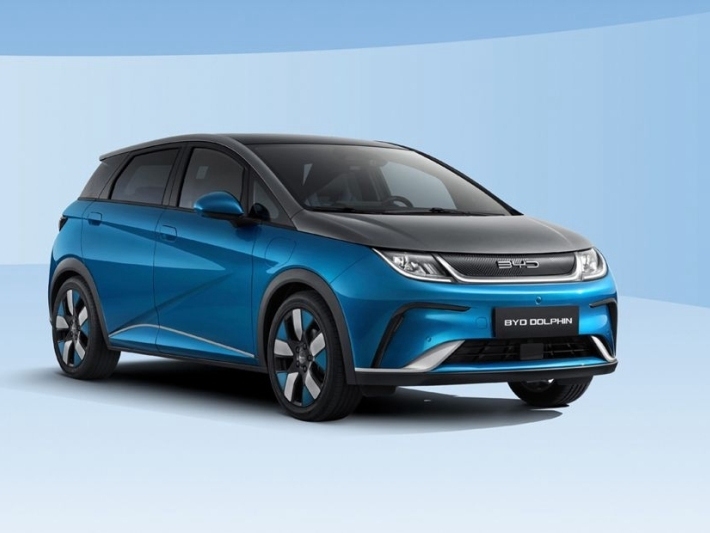
BYD Dolphin interior design revealed: A perfect blend of ocean aesthetics and practical technology
JamesJul 25, 2025
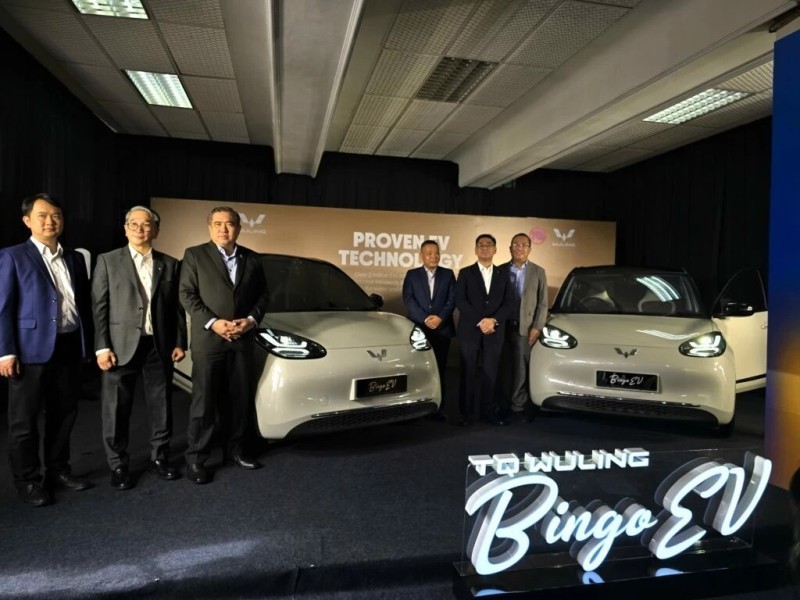
Wuling Bingo is Set to Launch in Malaysia as a Price Competitor Against BYD
JohnMay 7, 2025
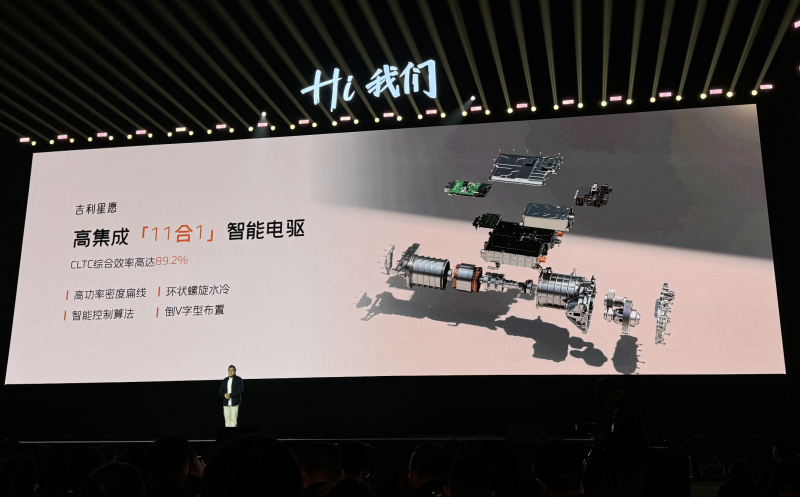
Geely Xingyuan officially hits the market, is it coming as the strongest competitor to BYD Dolphin?
MichaelOct 10, 2024
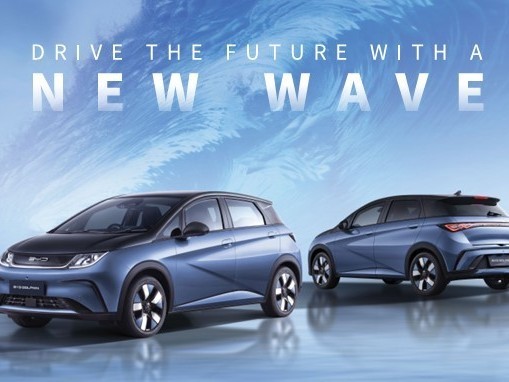
Starting from RM 100,000! Deep Analysis of BYD Dolphin: Comparison of Two Car Models, Which One is More Suitable for You?
WilliamSep 2, 2024
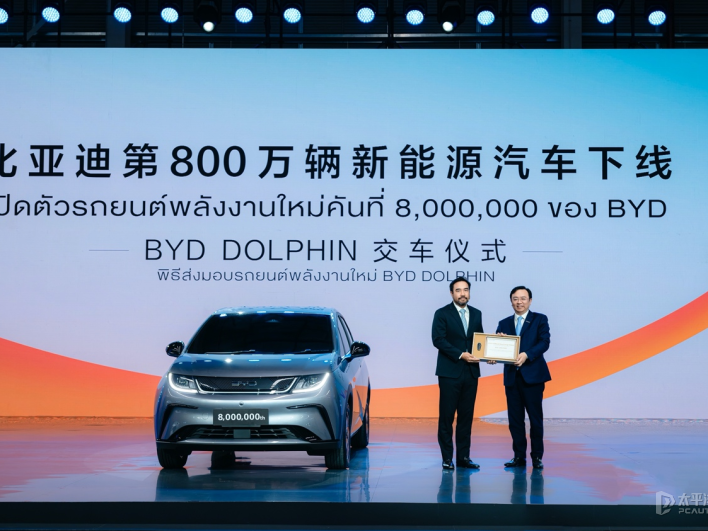
What? BYD DOLPHIN is going to launch a 2025 new car?!
AshleyJul 8, 2024
View More




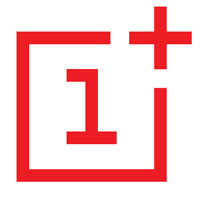



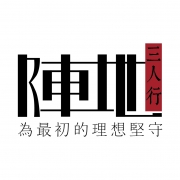



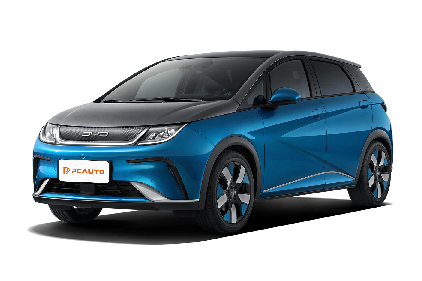





Pros
Cons